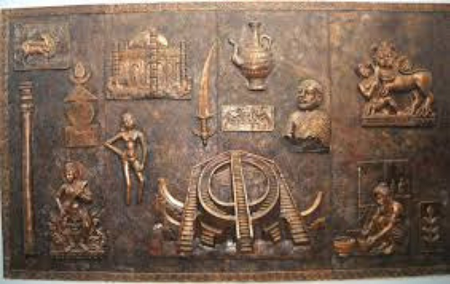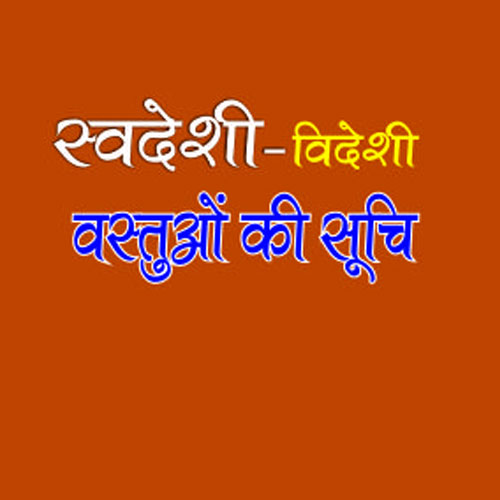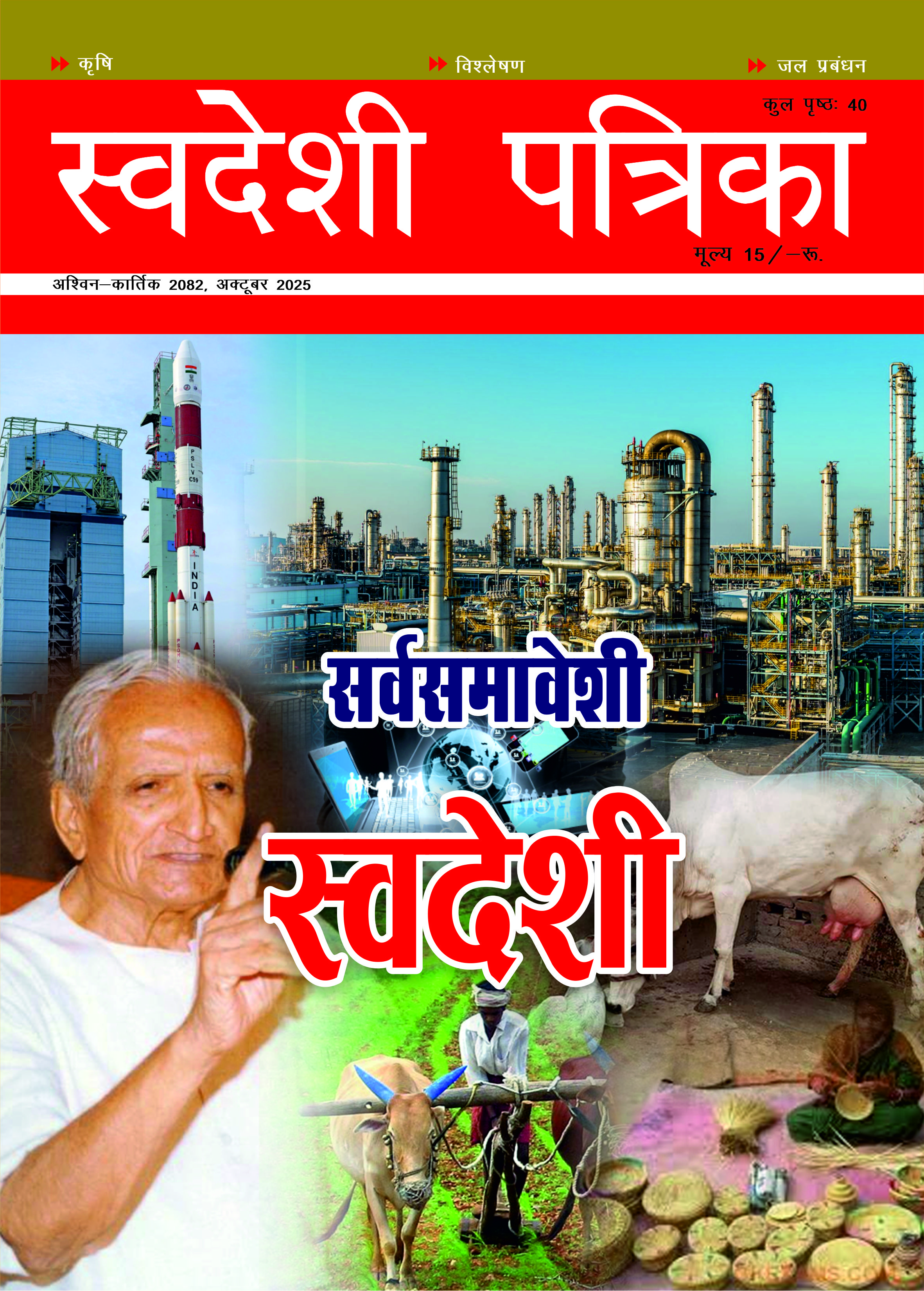
Matallurgy in Ancient India
The first form of crucible steel was wootz, developed in India some time around 300 BCE. — Prof. Nandini Sinha Kapur
Archaeology
Dilip Chakrabarti (1976) has identified six early iron-using centres in India: Baluchistan, the Northwest, the Indo-Gangetic divide and the upper Gangetic valley, eastern India, Malwa and Berar in central India and the megalithic south India. The central Indian region seems to be the earliest iron-using centre.
According to Tewari, iron using and iron "was prevalent in the Central Ganga Plain and the Eastern Vindhyas from the early 2nd millennium BC."
The earliest evidence for smelted iron in India dates to 1300 to 1000 BCE. These early findings also occur in places like the Deccan and the earliest evidence for smelted iron occurs in Central India, not in north-western India. Moreover, the dates for iron in India are not later than in those of Central Asia, and according to some scholars (e.g. Koshelenko 1986) the dates for smelted iron may actually be earlier in India than in Central Asia and Iran. The Iron Age did however not necessary imply a major social transformation, and Gregory Possehl wrote that "the Iron Age is more of a continuation of the past then a break with it".
Archaeological data suggests that India was "an independent and early centre of iron technology." According to Shaffer, the "nature and context of the iron objects involved [of the BRW culture] are very different from early iron objects found in Southwest Asia." In Central Asia, the development of iron technology was not necessarily connected with Indo-Iranian migrations either.
J.M. Kenoyer (1995) also remarks that there is a "long break in tin acquisition" necessary for the production of "tin bronzes" in the Indus Valley region, suggesting a lack of contact with Baluchistan and northern Afghanistan, or the lack of migrants from the north-west who could have procured tin.
Indus Valley Civilization
The copper-bronze metallurgy in the Harappan civilization was widespread and had a high variety and quality. The early use of iron may have developed from the practice of copper-smelting. While there is to date no proven evidence for smelted iron in the Indus Valley civilization, iron ore and iron items have been unearthed in eight Indus Valley sites, some of them dating to before 2600 BCE. There remains the possibility that some of these items were made of smelted iron, and the term "krsna-ayas" might possibly also refer to these iron items, even if they are not made of smelted iron.
Lothali copper is unusually pure, lacking the arsenic typically used by coppersmiths across the rest of the Indus valley. Workers mixed tin with copper for the manufacture of celts, arrowheads, fishhooks, chisels, bangles, rings, drills and spearheads, although weapon manufacturing was minor. They also employed advanced metallurgy in following the cire perdue technique of casting, and used more than one-piece moulds for casting birds and animals.[30] They also invented new tools such as curved saws and twisted drills unknown to other civilizations at the time.
Metals-Copper
Copper technology may date back to the 4th millennium BCE in the Himalaya region. It is the first element to be discovered in metallurgy, Copper and its alloys were also used to create copper-bronze images such as Buddhas or Hindu/Mahayana Buddhist deities. Xuanzang also noted that there were copper-bronze Buddha images in Magadha. In Varanasi, each stage of the image manufacturing process is handled by a specialist.
Other metal objects made by Indian artisans include lamps. Copper was also a component in the razors for the tonsure ceremony.
One of the most important sources of history in the Indian subcontinent are the royal records of grants engraved on copper-plate grants (tamra-shasan or tamra-patra). Because copper does not rust or decay, they can survive indefinitely. Collections of archaeological texts from the copper-plates and rock-inscriptions have been compiled and published by the Archaeological Survey of India during the past century. The earliest known copper-plate known as the Sohgaura copper-plate is a Maurya record that mentions famine relief efforts. It is one of the very few pre-Ashoka Brahmi inscriptions in India.
Brass
Brass was used in Lothal and Atranjikhera in the 3rd and 2nd millennium BCE. Brass and probably zinc was also found at Taxila in 4th to 3rd century BCE contexts.
Gold and silver
The deepest gold mines of the Ancient world were found in the Maski region in Karnataka. There were ancient silver mines in northwest India. Dated to the middle of the 1st millennium BCE. gold and silver were also used for making utensils for the royal family and nobilities.the royal family wore costly fabrics that were made from gold and silver thin fibres embroidered or woven into fabrics or dress.
Iron
Recent excavations in Middle Ganges Valley show iron working in India may have begun as early as 1800 BCE. In the 5th century BCE, the Greek historian Herodotus observed that "Indian and the Persian army used arrows tipped with iron." Ancient Romans used armour and cutlery made of Indian iron. Pliny the Elder also mentioned Indian iron. Muhammad al-Idrisi wrote the Hindus excelled in the manufacture of iron, and that it would be impossible to find anything to surpass the edge from Hindwani steel. Quintus Curtius wrote about an Indian present of steel to Alexander. Ferrum indicum appeared in the list of articles subject to duty under Marcus Aurelius and Commodus.[9] Indian Wootz steel was held in high regard in Europe, and Indian iron was often considered to be the best.
Wootz and steel
The first form of crucible steel was wootz, developed in India some time around 300 BCE. In its production the iron was mixed with glass and then slowly heated and then cooled. As the mixture cooled the glass would bond to impurities in the steel and then float to the surface, leaving the steel considerably purer. Carbon could enter the iron by diffusing in through the porous walls of the crucibles. Carbon dioxide would not react with the iron, but the small amounts of carbon monoxide could, adding carbon to the mix with some level of control. Wootz was widely exported throughout the Middle East, where it was combined with a local production technique around 1000 CE to produce Damascus steel, famed throughout the world. Wootz derives from the Tamil term for steel urukku. Indian wootz steel was the first high quality steel that was produced. qq
(This article is based on Wikipedia.)


